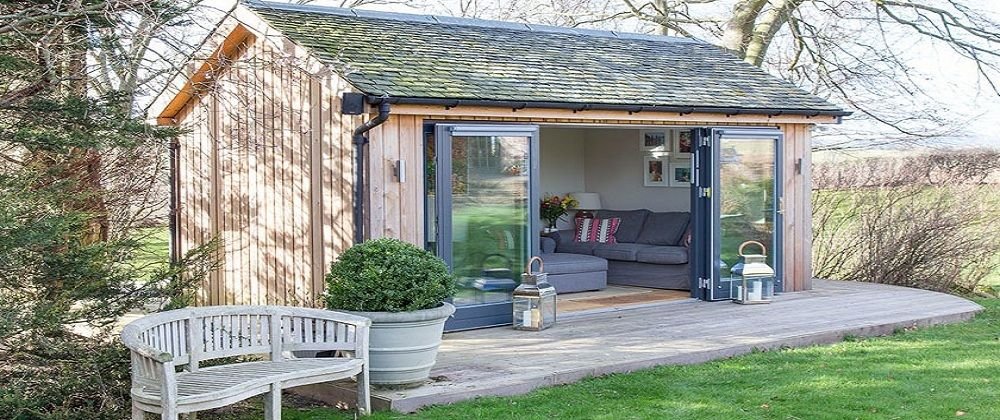A garden path adds charm, functionality, and structure to your outdoor space. Whether it’s to guide footsteps through your lawn, connect patio areas, or define your flower beds, a path can transform your garden’s appearance — and the best part is, you can build it yourself.
In this step-by-step guide, Driveways Washington explains how to build a simple garden path in Washington from start to finish using easy techniques and budget-friendly materials. Whether you choose gravel, stepping stones, or paving slabs, you’ll learn how to plan, dig, level, and finish your path like a pro.
Tools and Materials You’ll Need
Before you begin, gather your basic tools and materials. These will vary slightly depending on the material you choose (e.g. gravel, slabs, mulch), but for most garden paths, you’ll need:
Tools:
- Spade or shovel
- Rake
- Spirit level
- Rubber mallet
- Wheelbarrow
- Garden hose or string (for marking)
- Plate compactor or hand tamper
- Garden gloves and safety gear
Materials:
- Your chosen path material (gravel, slabs, stepping stones, mulch, etc.)
- Landscape fabric or weed membrane
- Sub-base material (e.g. Type 1 MOT or sharp sand)
- Edging (wood, metal, stone, or plastic)
- Pegs and string (for layout)
Step 1: Plan Your Path
Decide where the path will go and what shape it will take. Is it a straight walkway to a shed? A winding trail through your flower beds? Use a garden hose or string and pegs to mark the outline. Keep the path wide enough for comfortable walking — typically 60–90 cm is ideal.
Driveways Washington Tip:
Choose a route that flows naturally through your garden and avoids sloped areas that may cause drainage issues.
Step 2: Choose the Right Material
Popular options for simple garden paths include:
- Gravel: Affordable, great drainage, suits rustic gardens
- Stepping Stones: Ideal for informal paths across lawns
- Concrete Paving Slabs: Long-lasting, formal look
- Bark or Mulch: Cheap, natural, and soft underfoot
Make sure your choice matches the style of your garden and the intended level of foot traffic.
Step 3: Dig the Path Trench
Use a spade to dig out the marked path area to a depth of 100–150mm (4–6 inches) depending on the material. Remove all turf, rocks, and roots.
For gravel or slabs:
Dig deeper to allow room for the sub-base and finishing layer.
For mulch or bark paths:
You may only need to dig to 50mm (2 inches) and install edging to hold the material in place.
Step 4: Install Edging
Edging is crucial — it keeps your path neat, prevents spreading, and helps materials stay in place. Choose from:
- Timber sleepers
- Brick or stone
- Metal edging
- Plastic garden edging
Secure your edging with pegs or stakes and make sure it’s flush or slightly higher than the final path surface.
Step 5: Lay a Weed Membrane
To stop weeds from growing through your path, roll out landscape fabric or weed membrane along the entire path area. Cut it to fit, overlapping the edges slightly.
Pin it down securely with landscape staples or bricks so it doesn’t shift during construction.
Step 6: Add and Compact the Sub-base
For most paths (especially gravel or paving slabs), you’ll need a firm foundation. Use Type 1 MOT hardcore or sharp sand:
- Spread a 50–75mm layer of sub-base
- Rake it level
- Compact it using a plate compactor or hand tamper
This step is essential for drainage and prevents your path from sinking over time.
Step 7: Lay Your Path Material
Now comes the rewarding part — laying the actual path!
Gravel Path:
- Spread a 40–50mm thick layer of gravel over the sub-base
- Rake it level and ensure even coverage
- Use a compactor if necessary
Paving Slab Path:
- Lay slabs on a bed of sharp sand or a wet mortar mix
- Use a spirit level to keep them even
- Tap gently with a rubber mallet to set them
- Leave 10–15mm gaps between slabs for drainage
Stepping Stones:
- Place stones spaced evenly apart
- Dig shallow recesses so stones sit level with the ground
- Use sharp sand or gravel to bed them in
Mulch or Bark Path:
- Pour mulch over the weed membrane to 50–75mm depth
- Rake it level and keep it inside the edging
Step 8: Final Touches
- Check the level: Ensure the entire path is even and safe to walk on
- Brush in jointing sand for slab paths to lock them in place
- Top up materials after a few weeks if needed — especially loose gravel or bark
- Tidy up the edges for a clean finish
Optional: Add Lighting or Plants
Consider solar-powered path lights for safety and atmosphere in the evenings. You can also soften the edges with low-growing plants like creeping thyme or lavender for a polished look.
Maintenance Tips
- Rake gravel occasionally to keep it level
- Top up mulch or bark annually
- Keep slabs clear of moss or algae
- Recompact loose materials as needed
Paths generally require little maintenance but keeping them tidy ensures they remain both functional and attractive.
Final Thoughts from Driveways Washington
Building a simple garden path is one of the most satisfying and affordable ways to improve your outdoor space. With the right materials and some basic tools, you can complete the job over a weekend and enjoy years of added convenience and beauty. Whether you go for a rustic gravel trail or a smart paved walkway, this guide from Driveways Washington will help you get the job done right — from start to finish.
